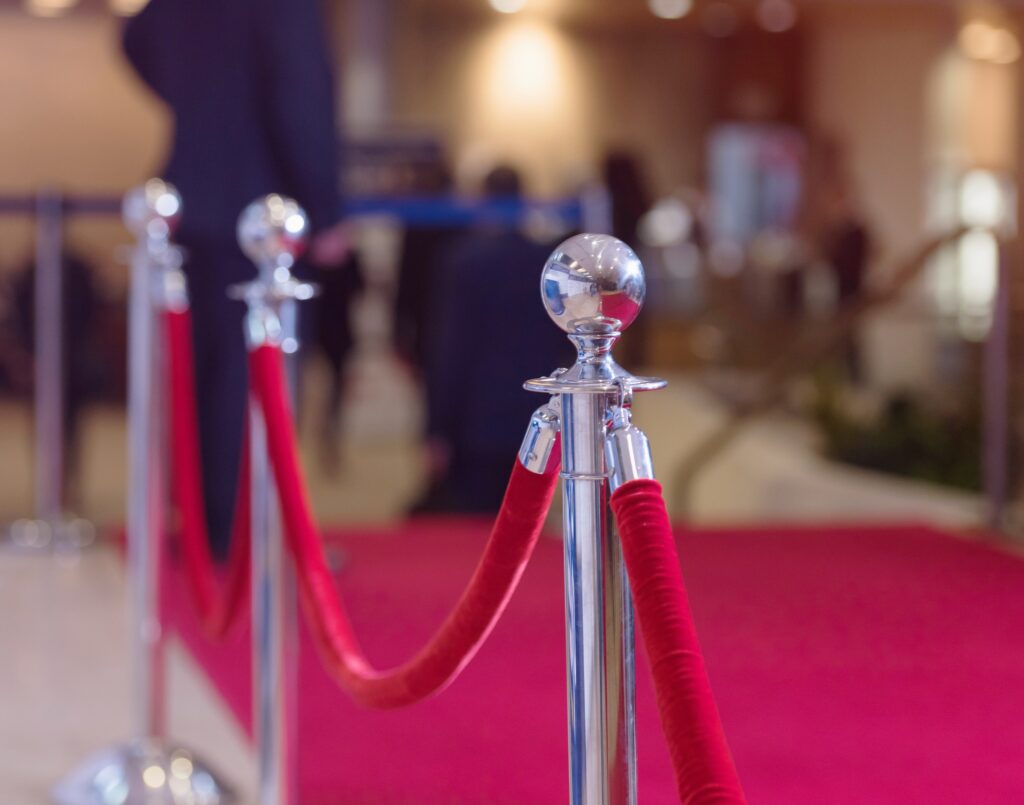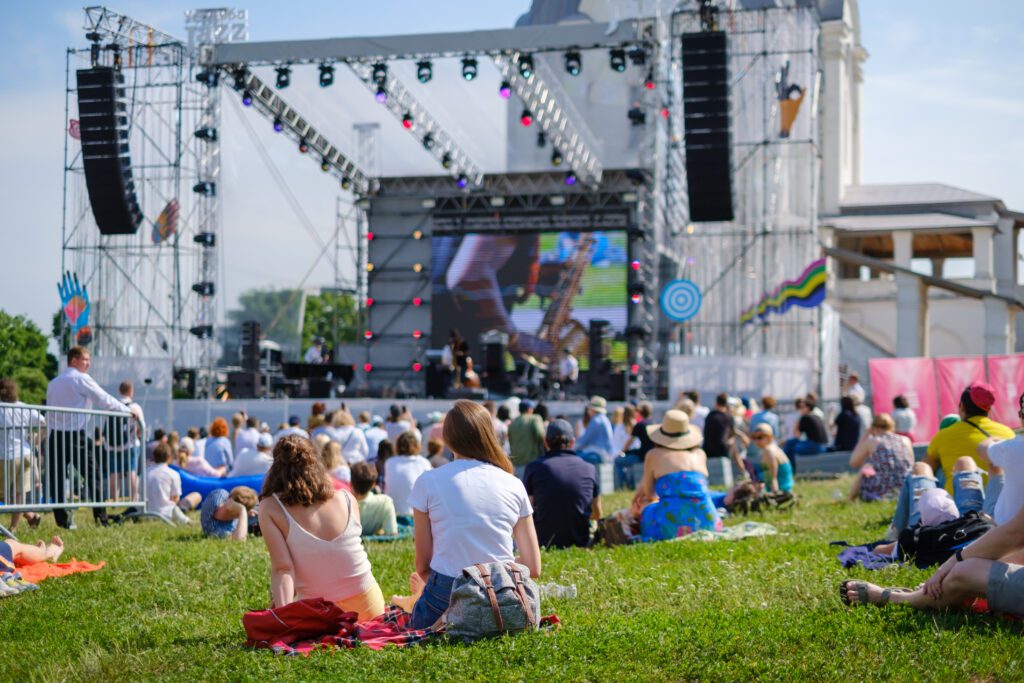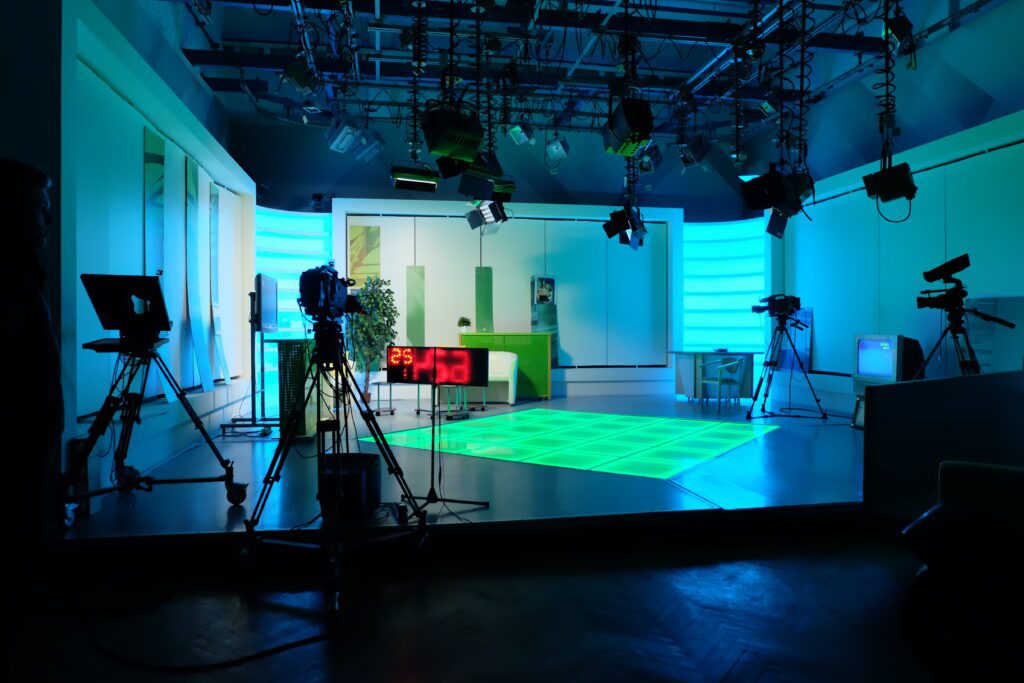An event press release is an effective way to publicize an upcoming occasion and attract attendees. It can also be used to report on a recent happening for marketing purposes.
Regardless of the type of event, you’ll need to know how to write a press release in a way that makes it interesting to your ideal readers while also ensuring it sounds objective and credible.
Fortunately, using press release templates can make the process simple. A template will help you identify what information you should include and how you should structure it. This will make your release higher quality and more impactful, especially if you’re new to writing this type of content.
There’s no single standard method to create an event press release, but understanding the basic structure of an event press release and knowing what information to apply will give you a solid starting point.
Applying Your Information To A Press Release Template
Any decent press release is going to confront a topic by answering the following questions:
- What happened or is going to happen?
- When did or will it happen?
- Where did or will it happen?
- Who is or will be involved and who will be affected?
- Why did or will it happen and why does it matter?
An event press release is no exception, so make sure you have all the details you need before you apply them to the template structure. These details should include:
- The name of the event and what it is. Don’t assume your reader will know what the event is by the title alone. Is it a conference, expo, grand opening, skills workshop, concert, book signing, awards gala, county fair, fundraiser?
- When and where it is. Let your reader know when the event is scheduled or when it took place. Including the time is especially important if your press release is meant to attract attendees. Just the date is sufficient if this is a more exclusive or recent past event. Make sure to also mention the venue, where it’s located, and anything notable about it.
- Who is hosting, organizing, appearing, attending, or should attend. Tell your reader about the people behind the event as well as who is encouraged to attend or any notable guests. You may also want to collect a quote from someone in a key role, such as the host or a featured speaker.
- How the reader can participate or learn more. Is there a webpage where a reader can sign up, reserve their seat, or view photos of the event? Make sure you provide them with a means to engage apart from just reading the release.
- What makes this event attention-worthy and why. Why should someone care about this event? Even if it has already passed or it’s exclusive to select attendees, think about what would make it meaningful to someone regardless of whether they participate. Make these points the foundation of your release, as this will make it compelling to a greater number of people.
The Structure Of An Event Press Release
An event press release should answer the above questions, but the order in which it does so is important. The following structure shows how this is done:
Headline
Hook the reader’s attention.
In as few words as possible, state the most compelling and straightforward information about the event. You don’t need to refer to the event by name. Instead, lead with something attention-worthy but accurate.
Summary
Add context to the headline and sum up the event to draw in the reader.
In one or two lines, draw the reader to the press release by summarizing the most interesting info about the event. You can use this part of the release to add additional context to the headline or pull and rephrase the most compelling part of the release’s main body once the next portions are complete.
Opening
Tell the reader what the event is, when it is, where it is, and why it’s notable.
Treat this part of the press release like an invitation. Start by stating the event by name, as well as what it is, followed by when and where it will happen. Make sure to tell the reader what makes this event significant. Think about why your ideal attendee would want to be there and include that point before discussing more detailed information about the event.
Call-To-Action And Link
Tell the reader what they should do and give them a way to do it.
If your headline, summary, and opening are interesting enough, your ideal reader may be ready to take action. That’s why you want to tell them what they should do next if they want to learn more, buy tickets, RSVP to the event, etc. Let them know what they should do in a single statement and include a direct URL that will enable them to take that action.
Additional Details
Give the reader a closer look at the event.
In two or three main body paragraphs, share some additional details that drive home whatever makes this event notable. This is also where you will want to include a quote or two from people involved, such as the event organizer or host.
Conclusion
Reemphasize what’s important and provide a way for readers to reach out.
This part of the press release can function as a second summary. It’s a place to reiterate the overall importance of the event and direct readers to a point of contact or website where they can request additional information.
Boilerplate
Tell the reader who’s issuing the release and why they’re credible.
The boilerplate is separate from the press release. It lets readers know who has issued it and serves as a brief bio and credibility indicator. It should be just one or two sentences that state key information on who the issuing party is along with a link to their website or general contact information.









